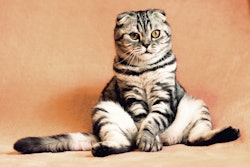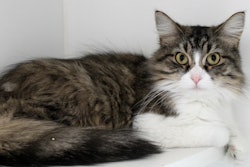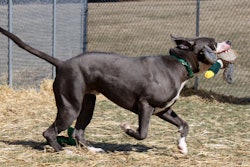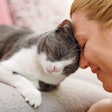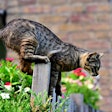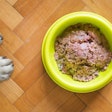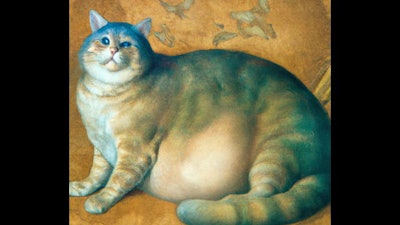
The percentage of overweight pet cats has increased over the years. In the Association for the Prevention of Pet Obesity’s 2022 survey, veterinary professionals classified 61% of evaluated cats as overweight or obese. In the 2018 and 2017 surveys, 60% of cats fell into the overweight or obese range. The percentage of overweight cats increased to 28% in 2022 from 26% in 2018 and 27% in 2017. The cat obesity rate remained at 33% in 2022, the same as in 2017 and 2018. Weight problems detract from cats’ health, wellness and longevity. What’s more, when pet owners overfeed their cats and cause weight gain, the cats’ digestive systems and the microbes living within them may be affected. Researchers at the University of Illinois Urbana-Champaign conducted an experiment to test how overfeeding and weight gain influenced cats’ gastrointestinal transit time and fecal microbiota.
“Understanding the metabolic and gastrointestinal changes that companion animals face with the onset of weight gain and obesity may help with future prevention and treatment plans,” the researchers wrote in the Journal of Animal Science.
In the experiment, the scientists overfed 11 initially lean adult female cats for 18 weeks. At first, the cats ate a measured portion for two weeks to establish a baseline. The cats ate as much as they wanted of a commercially available formulation. The scientists measured apparent total tract digestibility, gastrointestinal transit time, blood hormones, serum metabolites, hematology, fecal microbiota populations and voluntary physical activity of the cats. The researchers collected blood and feces samples, monitored the cats voluntary physical activity at the start, then at six, twelve and 18 weeks.
The apparent total tract digestibility of dry matter, organic matter, crude protein, fat and gross energy declined with overfeeding as the cats’ weight increased. Fecal bacteria also changed for 16 bacteria types, including Bifidobacterium, Collinsella, Erysipelatoclostridium.
“In conclusion, overfeeding and subsequent weight gain reduced ATTD, reduced GTT, and caused changes to the fecal microbial community of adult cats,” they wrote.
Cat obesity steady 2017-2022, but owners may misclassify
From previous reporting on PetfoodIndustry.com: More than one-quarter of cat owners (28%) believed their cats’ body condition was normal, although their veterinary professional classified those same pets as overweight to obese, in the 2022 Association for the Prevention of Pet Obesity survey. Seven percent of those cats were classified as obese, while their owners considered them normal.
“The slight increase in pet cats classified as overweight suggests more precise clinical body condition score assessments (BCS), particularly in cats exceeding ideal weight or body condition by one to two pounds,” the Association for the Prevention of Pet Obesity report authors wrote.
Health problems affecting overweight and obese cats include bladder or urinary tract disease, chronic kidney disease, diabetes, asthma, liver disease, arthritis, high blood pressure, heart failure, gall bladder disorder and immobility of the spine.
“Obesity is a physiological disorder affecting numerous body systems,” APOP report authors wrote. “Pet obesity often causes secondary, preventable diseases, including diabetes, osteoarthritis, and many forms of cancer. Professionals and the pet care industry need to educate the pet-owning public better that pet obesity is a disease with significant harmful impacts on both quality of life and life expectancy.”



